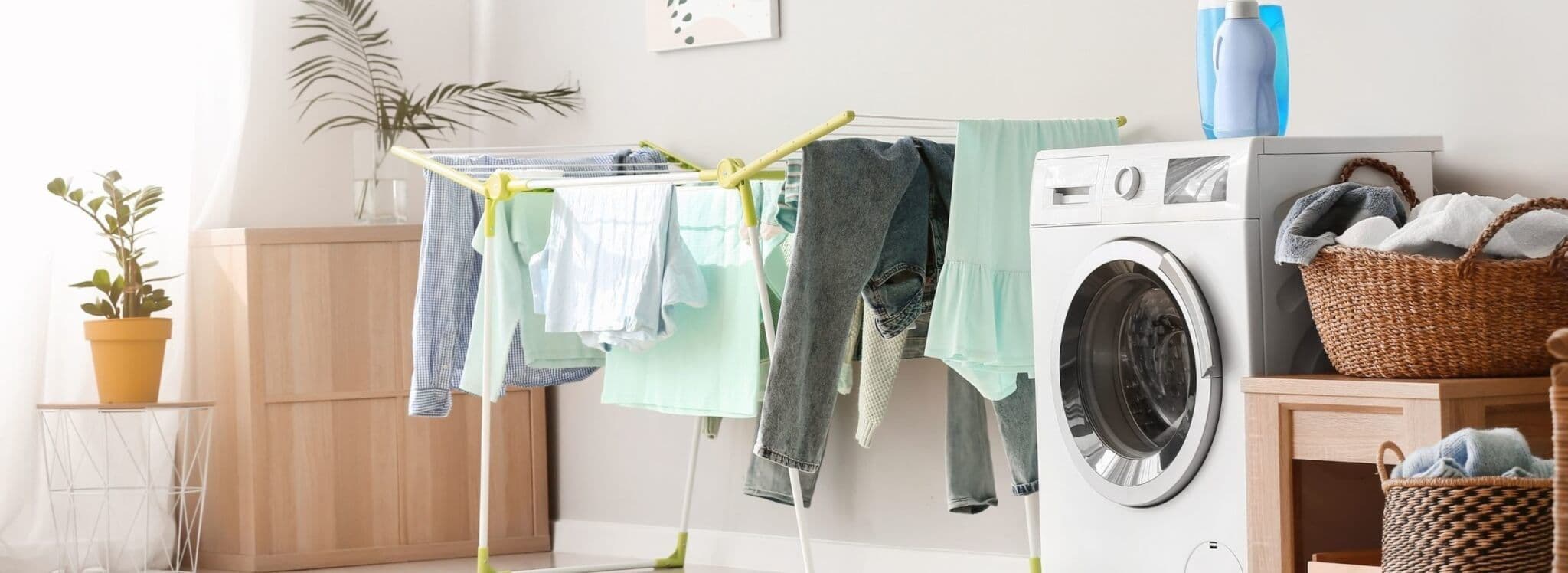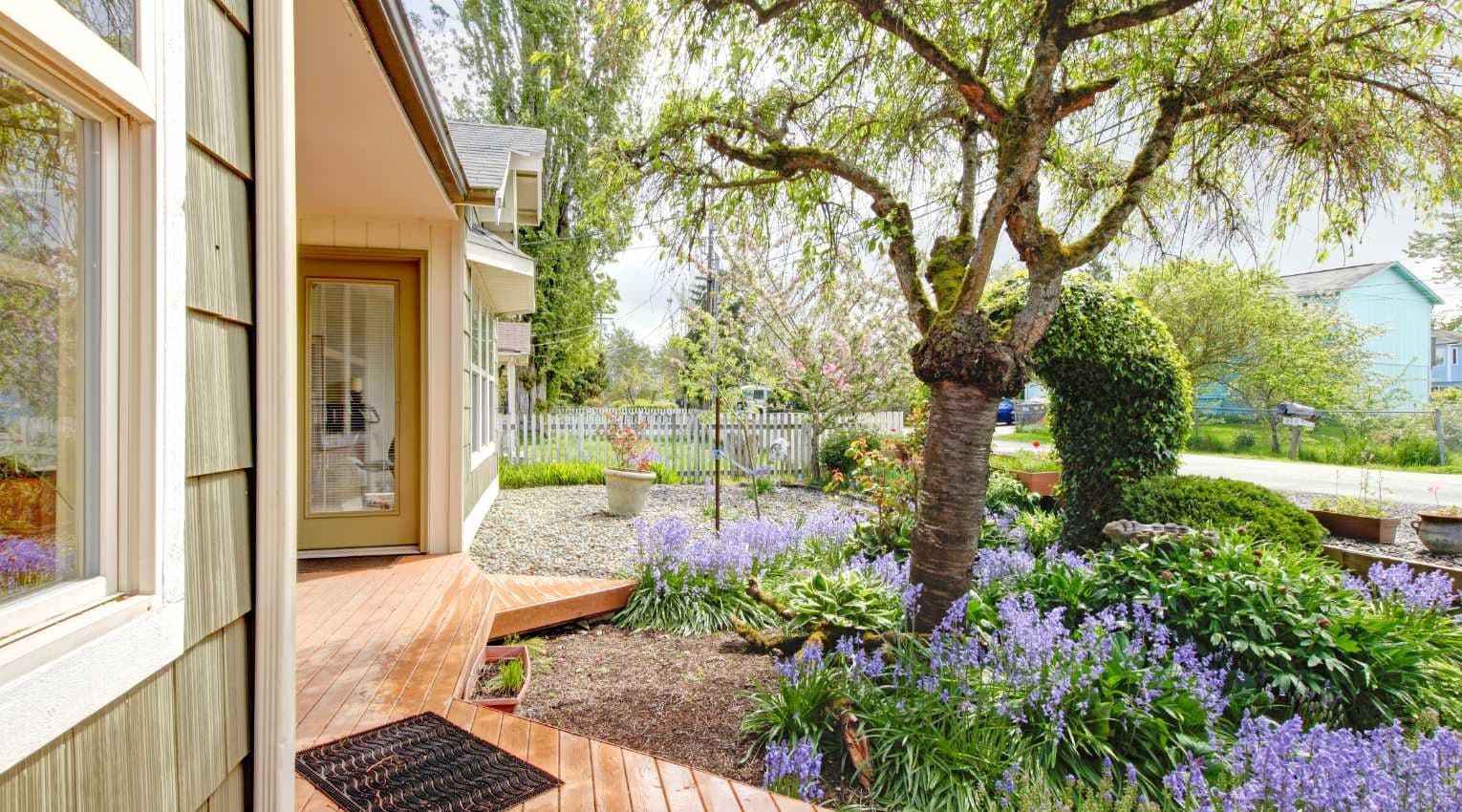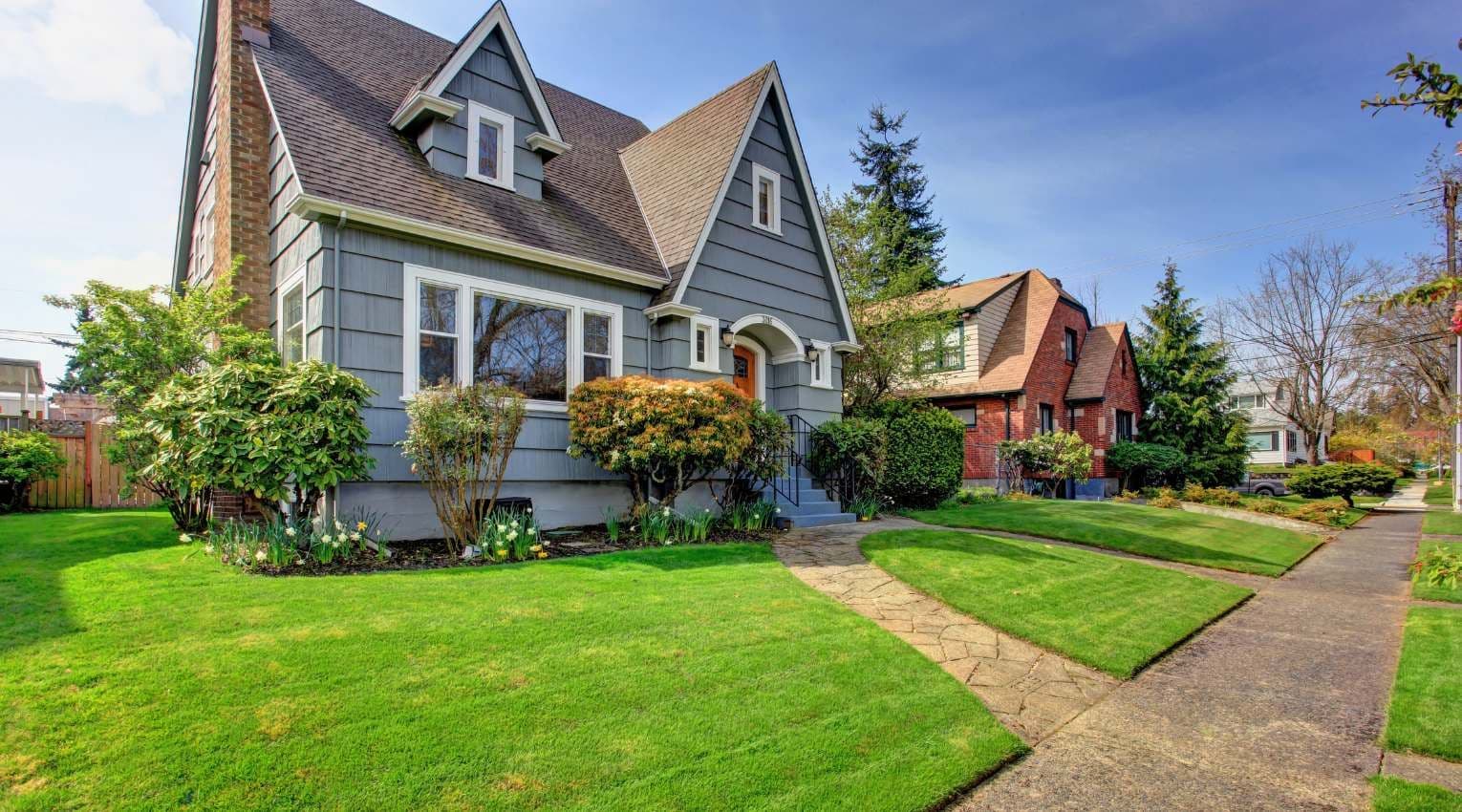3 Brilliant Ways to Reduce Hidden Homeownership Costs

When you buy a house, no one tells you about the hidden costs of homeownership. Beyond the obvious home expenses like your monthly mortgage bill and property tax, you may find a decent chunk of your disposable income is spent on routine repairs and maintenance costs you never considered before.
But there are three key ways you can lower everyday homeownership costs and your out-of-pocket expenses.
1. Make Your Home More Energy Efficient
Updating your home so it’s more energy efficient may cost you a little up front in the short-term, but can save you big in the long-term. And you don’t have to replace every major appliance to save on energy costs. Though, if your appliances are decades old, they may be a drain on your bill. Here are some of the things to consider:
- Replace windows: Broken, warped, or otherwise damaged windows can increase your energy bills by 10-25%. Replacing them can help you save on your bills and you can expect to recuperate much of the cost of window replacement if you decide to sell your home. If your windows are due for a replacement, you’ll want to feel for drafts and use caulking to seal any cracks around windows and doors.
- Fix your roof: Similarly, updating your roof can positively impact energy efficiency and resale value.
- Improve insulation: Adding attic insulation is a low-cost way to boost energy efficiency by keeping the heat in during colder months.
- Collect rainwater: The MoneyMiniBlog recommends purchasing a $10 terra cotta storage container and a new spout for your gutter to collect rainwater and use it for your lawn, garden, and cleaning.
- Set the thermostat: For maximum efficiency with minimal discomfort, you’ll want to keep your thermostat at 68 degrees or below in winter and 78 or above in summer. You can invest in smart home devices like Nest to help you regulate the temperature or turn off lights when no one is home.
- Lower your water heater: Lower your water heater from the factory-standard 140 degrees to 120. The small switch can lower your electricity bill up to 5%.
- Clean air filters: Replacing clogged A/C filters can save 5% to 15% in energy consumption. It’s recommended to replace them every 90 days.
MoneyCrashers created a DIY home energy checklist so you can pinpoint other possible ways to save, and the U.S. Department of Energy’s Energy Saver site offers additional tips for saving money, too.
Looking for more easy tips? Use clotheslines and drying racks instead of a dryer in warmer months, swap burned out lightbulbs with energy efficient ones, and consider low-flow toilets that can save more than $140 each year in water costs.
You can still claim tax credits for renewable energy upgrades, such as solar panels or geothermal heat pumps, though the amount of the credit is reduced each year through the end of 2021.
2. Shop Around for Homeowners’ Insurance
Like choosing deductions on your taxes or a healthcare plan, most people tend to set it and forget it when it comes to homeowners’ insurance. But just as you should revisit those choices each year, you should also make it a habit to shop around each year for the best home insurance quote.
As you shop, it’s also a good time to take stock of your belongings. Do you need more coverage? Do you perhaps need less coverage? Does it make more sense to have a higher deductible? Consider what makes sense for your situation.
Use online quote tools to compare your options, and see if bundling other insurance—like auto and life—brings the cost down. If you’re in an area prone to flooding or other natural disasters, check to see if upgrades like storm shutters and storm-resistant garage doors will help you lower your premium.
Improving your credit score, which in most states is used by insurers to determine premiums, can help you lower costs, too.
Related reading: “Boost Your Credit Score, Boost Your Financial Health”
3. Do Your Own Home Maintenance
Rather than paying someone to clean your pool, landscape your yard, remove snow, or fix a clogged sink, you can learn to do yourself and save throughout the seasons. Beyond tons of tutorials on YouTube, retailers like Lowes and Home Depot offer in-store DIY workshops so you can learn everything from how to install a laminate floor to spring lawn prep. (Both also offer how-to videos on YouTube, too.)
Performing regular home maintenance also ensures you don’t let small, inexpensive fixes turn into large, expensive issues.
Of course, you’ll want to weigh the risks of DIY versus the rewards. While small projects can save you significant cash, larger projects, like fixing faulty wiring or removing a dead tree, may require the pros. You don’t want to risk further damage—and higher repair costs, or your safety.
No matter what upgrades you decide to tackle, you’ll want to save at least 1-2% of the purchase price of your home each year for home repairs and maintenance. HomeAdvisor found that in 2018 alone, the average homeowner spent more than $9,000 on home maintenance, home improvements, and emergency repairs, with one in three homeowners reporting an emergency project.
In some cases, spending money now can help you save more money in the long run, particularly when it comes to things like structural repairs that will only cost more the longer you wait. As a homeowner, you can access your home equity to cover the upfront costs. And you can do it without adding another payment to the mix. Unlike loans that have monthly payments, a home equity investment like Hometap allows you to access a portion of your home equity in cash now in exchange for a share of the future value of your home.
The more you know about your home equity, the better decisions you can make about what to do with it. Do you know how much equity you have in your home? The Home Equity Dashboard makes it easy to find out.
You should know
We do our best to make sure that the information in this post is as accurate as possible as of the date it is published, but things change quickly sometimes. Hometap does not endorse or monitor any linked websites. Individual situations differ, so consult your own finance, tax or legal professional to determine what makes sense for you.
More in “Home financing 101”

How to Get Equity Out of Your Home Without Refinancing

5 Common Mistakes That Silently Erode Your Home Equity


